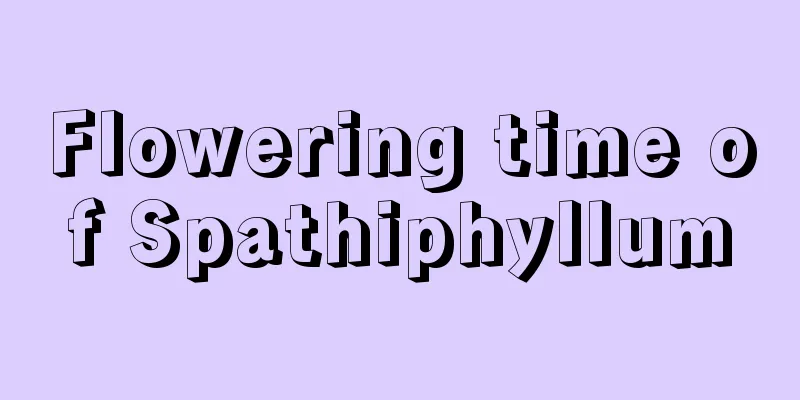What plants are suitable for the room?

Entrance, windowIt is suitable for placing water-grown plants or tall-stem plants, such as water-grown lucky bamboo, evergreen, money tree, or tall iron tree, golden fig, etc. These places are generally windy and have relatively large air circulation. Growing some tall plants or aquatic plants will help maintain the humidity and temperature balance in the room. living roomSuitable for growing ivy, fig, pitcher plant and common aloe. The living room is a place where people come and go. These plants can not only deal with bacteria and small insects brought back from outdoors, but can even absorb dust that is difficult to be reached even by a vacuum cleaner. Dressing table, deskOrnamental plants such as metasequoia, orchids, and succulents are suitable for placement here. Put it in a conspicuous place so that you can see it as soon as you look up, which can help you relax your temperament. CorridorIt is best to hang some vine-like water plants, such as green ivy, green elf, ivy, etc. These plants are easier to shape, and the passages are generally well ventilated, which is the best growth environment for them. bathroomThe leaves of Sansevieria can absorb water vapor in the air by themselves, making it an ideal choice for toilets and bathrooms. Ivy can purify the air, kill bacteria, and is a shade-tolerant plant, so it can also be placed in the bathroom. Ferns and peperomias like moisture and can be placed next to the bathtub. bedroomPotted citrus, rosemary, spider plant, zebra leaf, etc., their smell is not strong enough to make people dizzy. And it can effectively absorb waste gases such as carbon dioxide. Plants with large leaves and that love water, such as green ivy, can also be grown in the bedroom to keep the air humidity at an optimal level. kitchenChlorophytum and green ivy have strong air purifying and mosquito repelling effects, making them the best choice in the kitchen. Finally, the editor would like to tell you that different floors are suitable for growing different plants. The lower floors are suitable for growing shade-tolerant plants such as orchids, azaleas, asparagus ferns, spider plants, and camellias. High floors are more suitable for growing sun-loving plants such as bougainvillea, osmanthus, Michelia, gardenia, jasmine and cactus. |
<<: Medicinal value of Gypsophila paniculata
>>: What are some lazy plants suitable for growing at home?
Recommend
Mint cultivation methods and precautions
1. Soil Mint is highly adaptable to soil and can ...
Can gardenia be planted in the ground?
Can Gardenia be planted in the ground? Gardenia c...
What to do if the green radish seedlings burn? How to change the soil
1. What to do if the seedlings are burned 1. Time...
How many days does it take for lettuce to germinate? How many days does it take for lettuce to germinate?
How long does it take for lettuce to germinate? I...
Method of converting soil culture to hydroponics of fortune tree
Time and material selection Spring and autumn are...
Main insect pests of elm and their control
Major insect pests of elm trees Lymantria elmii I...
When does morning glory bloom?
Morning glory is one of the common roadside wild ...
What are the types of roses?
1. Vine Climbing roses are vine-like shrubs with ...
How to propagate velvet arrowroot
Propagation by division Division time: It is best...
Reasons and solutions for anthurium not blooming (5 ways to maintain anthurium so that it can bloom)
Why doesn't the anthurium bloom? There are ge...
Management of potted citrus in spring
1. Fertilization: Generally, different fertilizer...
Are dahlias suitable for indoor cultivation?
1. Is it suitable? Dahlia is not suitable for ind...
China's national flower
1. What is the national flower? At present, my co...
How to grow the maidenhair fern
1. Soil Preparation Sandy soil with a loose textu...
Does the money tree prefer shade or sun?
Does the money tree prefer shade or sun? The mone...









